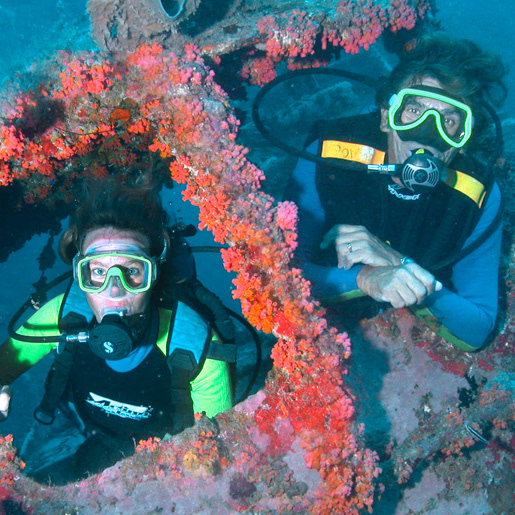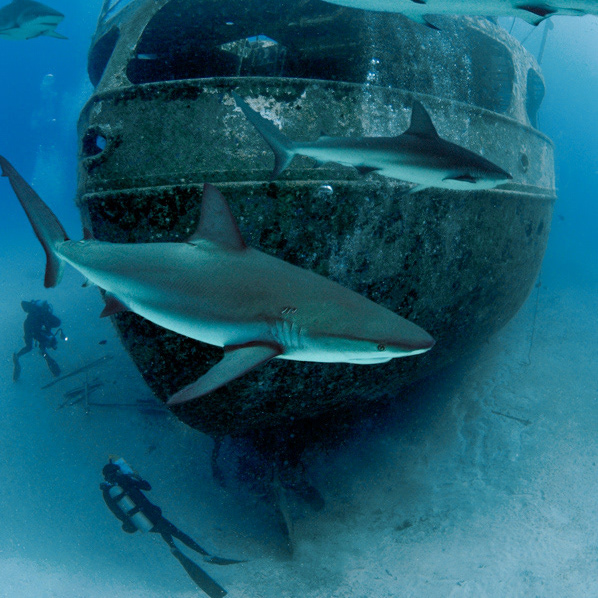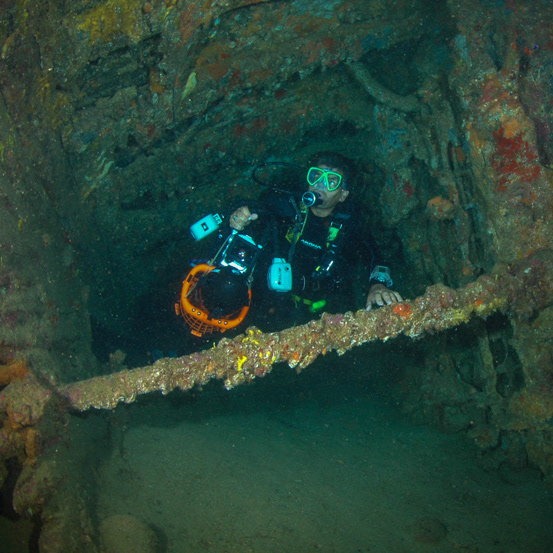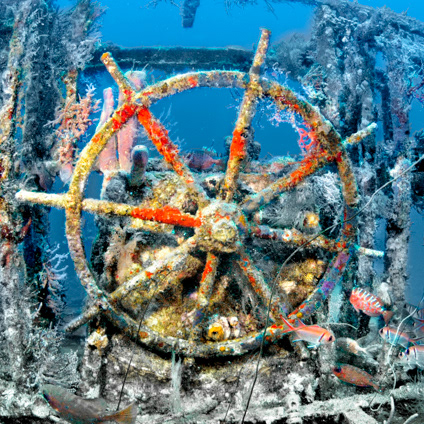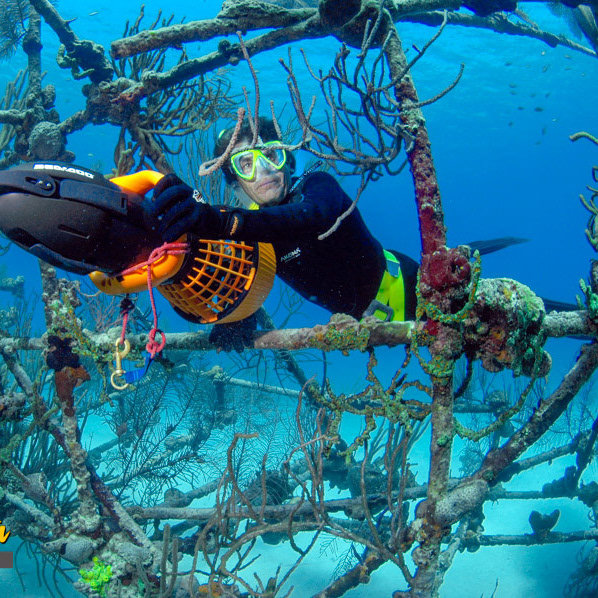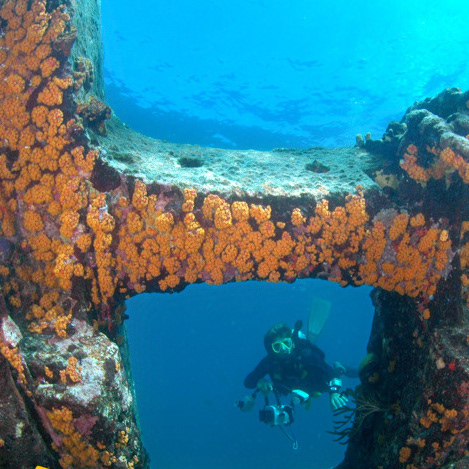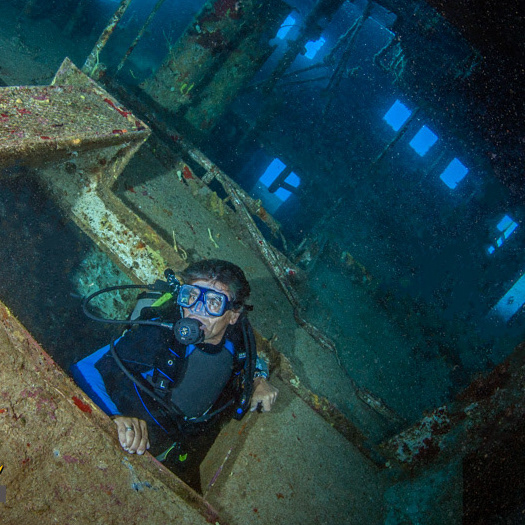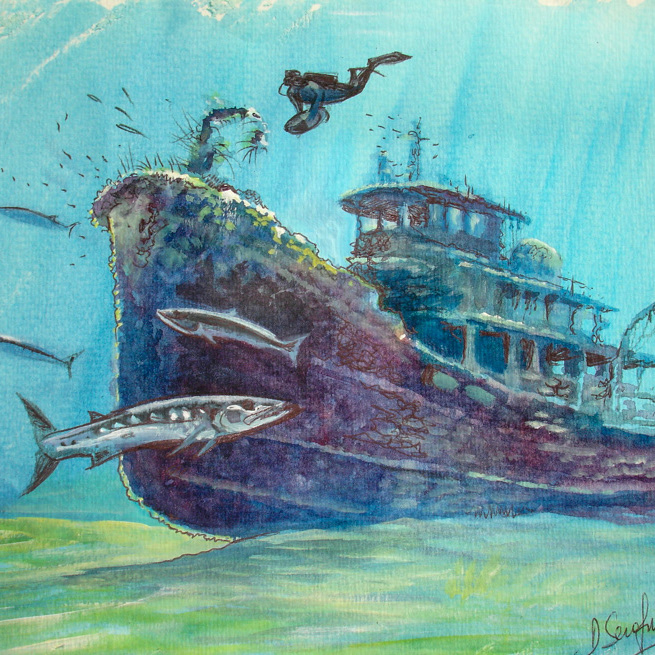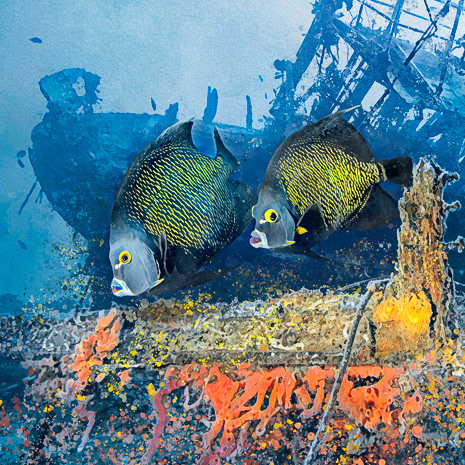In 1994, the goliath grouper was determined to be critically endangered by the International Union of Conservation of Nature (IUCN). Due to relentless and excessive fishing pressure, the goliath species sits on the edge of being wiped out. For generations, fishermen severely depleted goliath stocks, killing immature fish along with the gargantuan adults for food, “hero” photographs and egos.
The tide began to turn for the goliath grouper in 1990 when Florida enacted laws that completely protected them. Since 1993, harvest and possession of a goliath grouper is prohibited off Florida, Alabama, Mississippi, Louisiana and Texas.
Currently, Florida is the only region where stocks have returned from a state of collapse. This makes Florida's spawning critically important to the survival of the species. It’s the only place in the world where goliath groupers are now found in significant numbers. The comeback of this impressive fish demonstrates nature’s resilience and shows that we can turn things around.
A 20 minutes boat ride from the West Palm Beach Marina is a series of 4 wrecks, 165 feet apart called the Mizpah wrecks. They all sit in about 90 feet of water on a sand bed and are meant to be done in a single drift dive, which is quite easy when the current is running. The southern most wreck, and the first wreck of the drift dive, is The Anna Cecilia, a 200 foot cargo ship that was sunk for divers in 2016.
As we neared the dive site of the Mizpah wrecks, Damien informed us that the current should be strong and that we all need to stick together. We decided to jump in upstream of the first wreck and drift into it. As we swam in the blue, the Anna Cecila’s ghostly silhouette appeared out of obscurity. The ship was impressively: vertical, upright and intact and at the bow we got our first glimpse of the goliath groupers. It was a relatively small group of 20 or 30 groupers, almost stationary at the bow of the boat with their noses facing into the current, glued together with their tails moving just a tad - enough to keep them in place. Some were white, some black, some gray and the largest was more than two meters long. I have never seen goliaths so close. They allowed us to approach and didn’t seem to fear our presence. What an impressive site!

